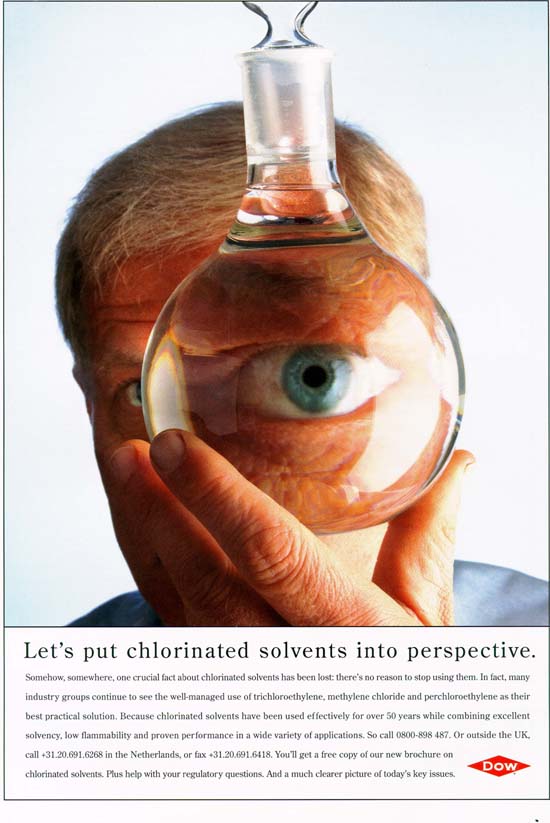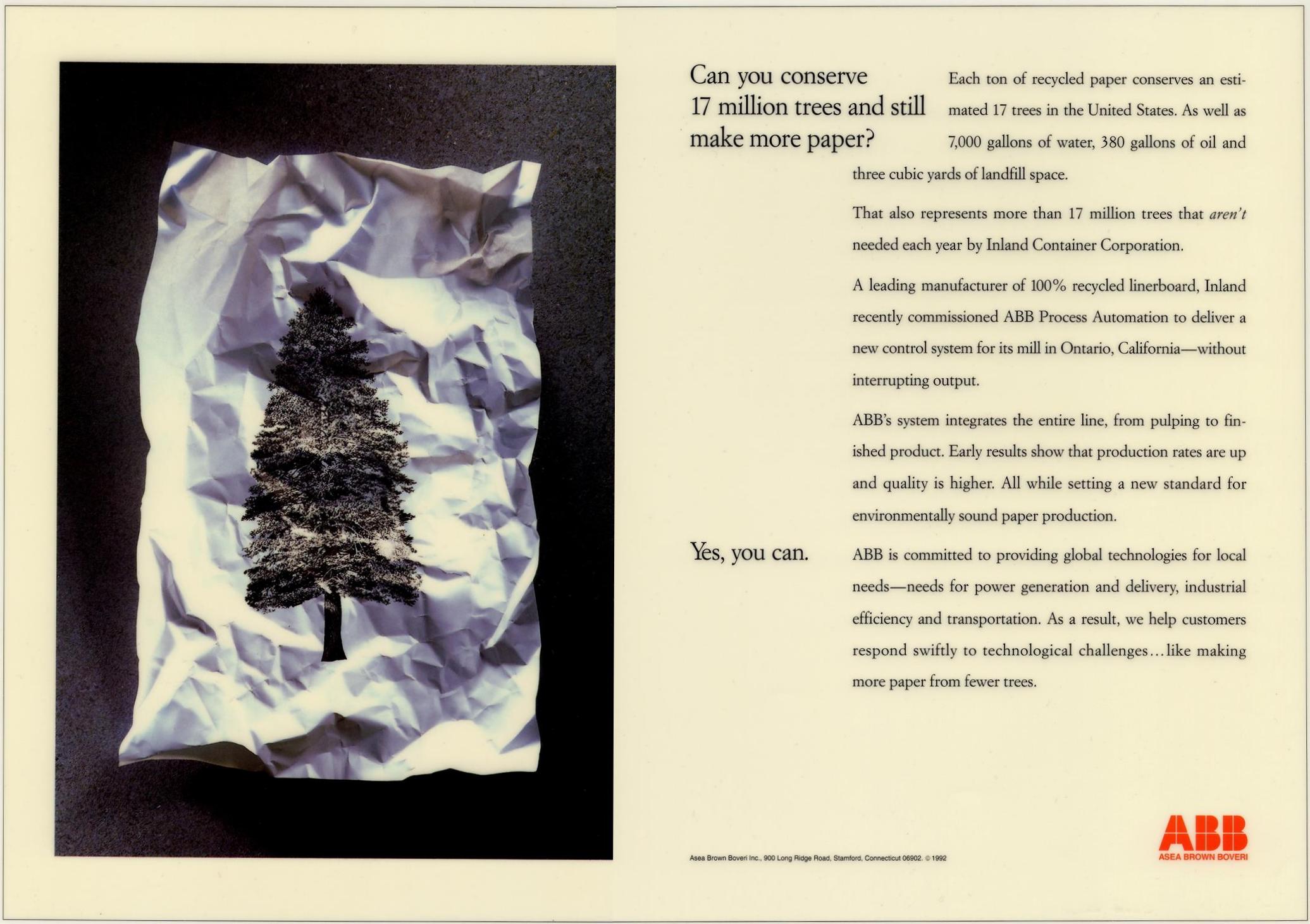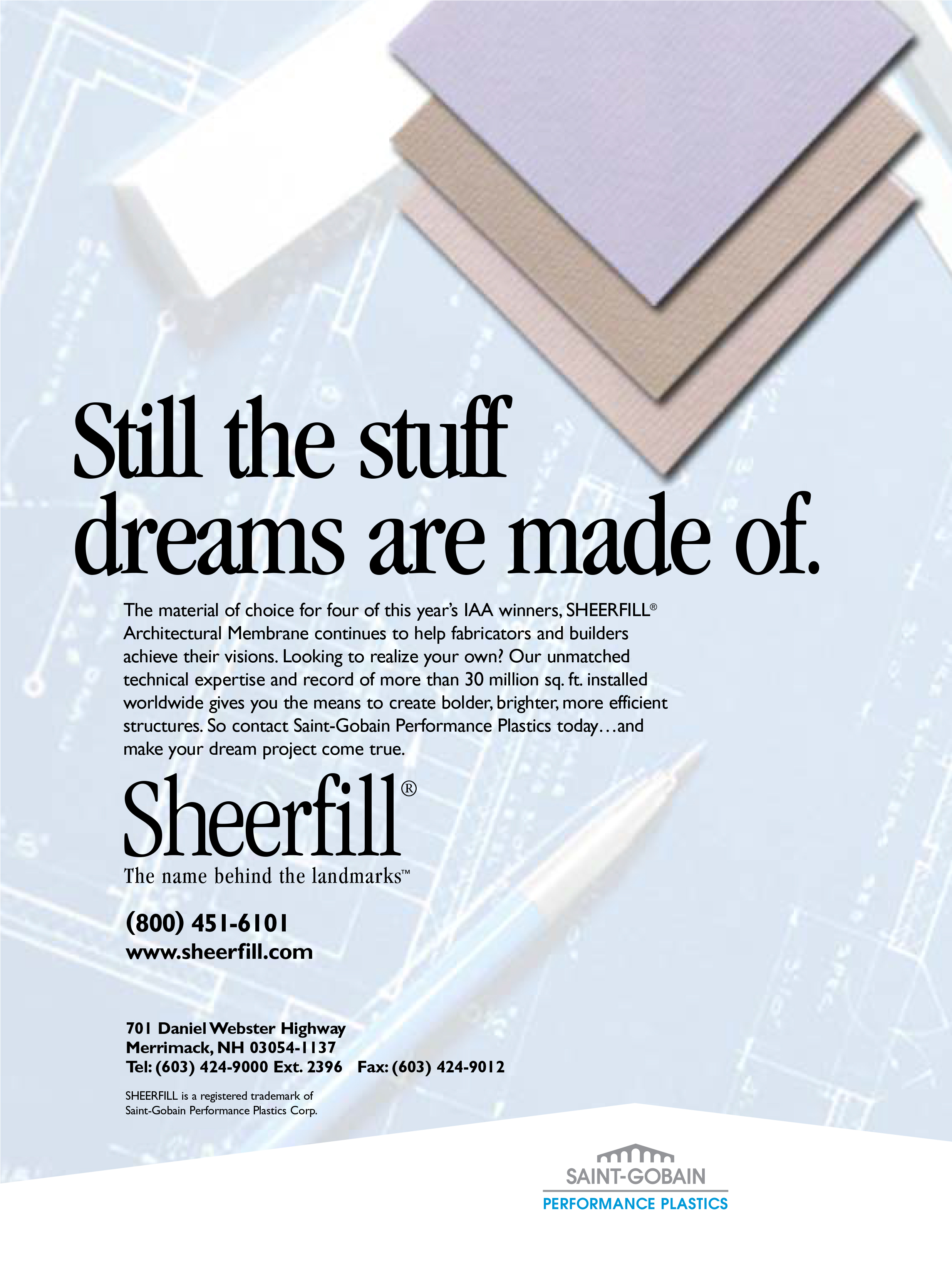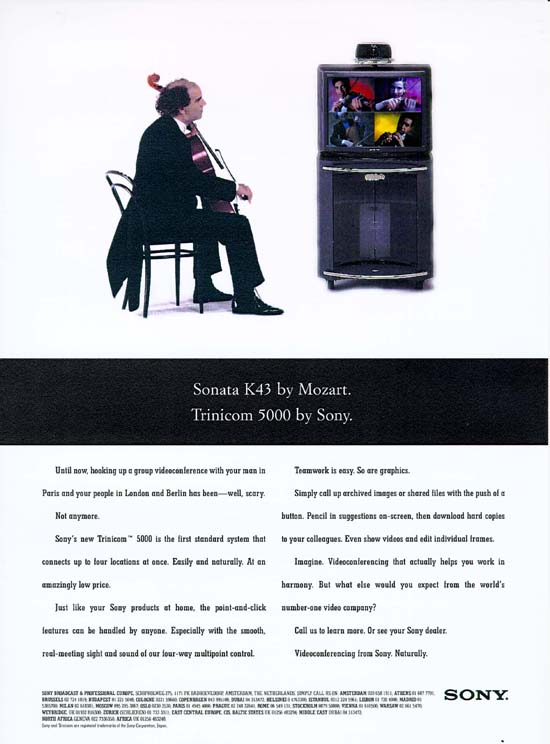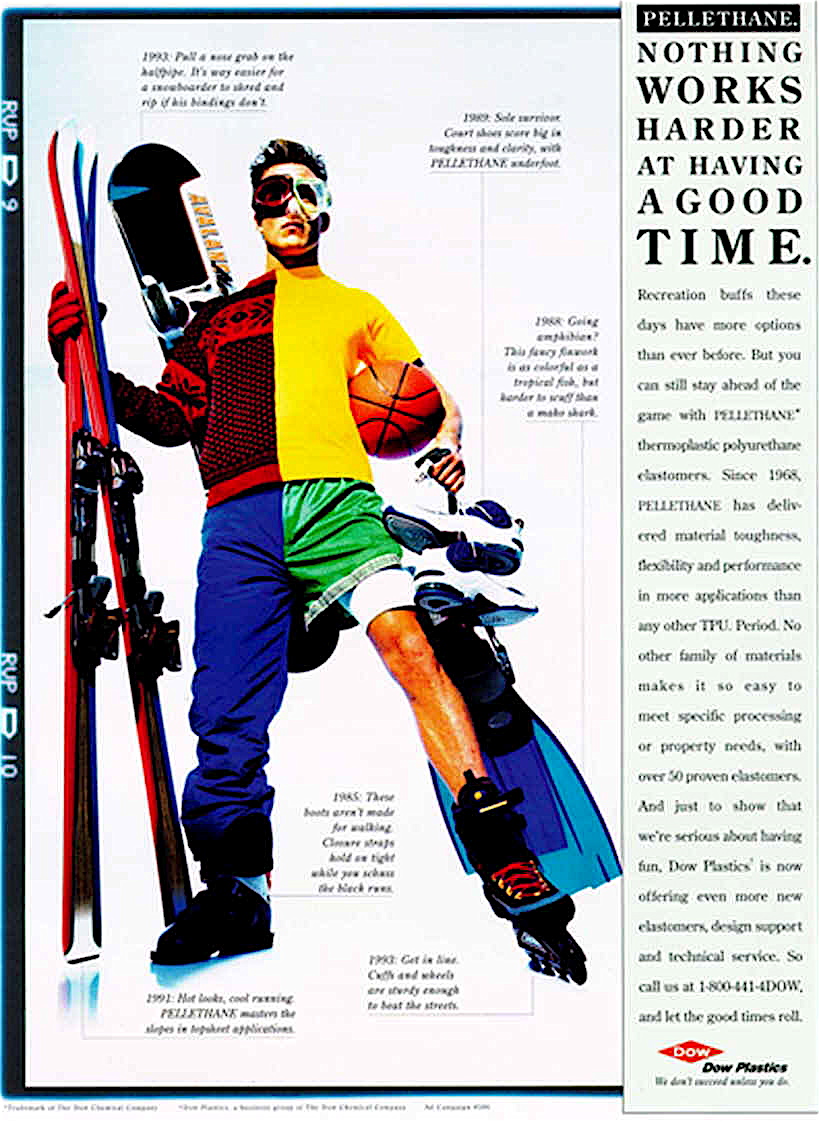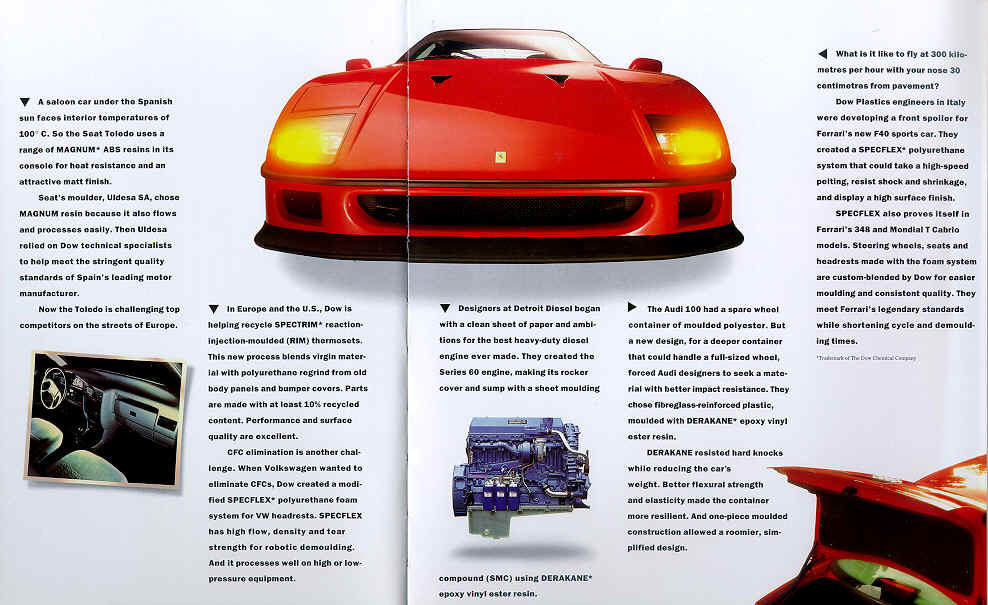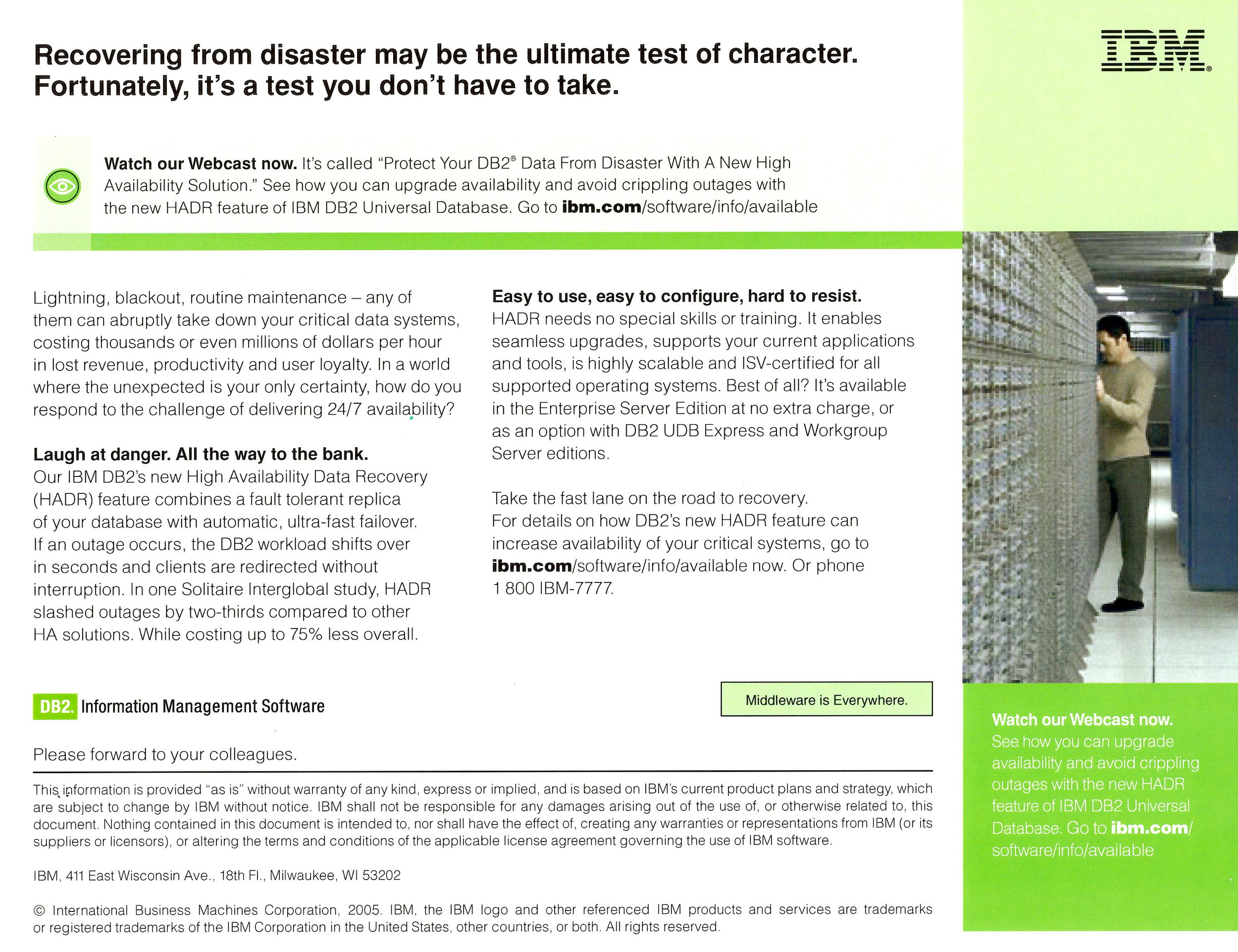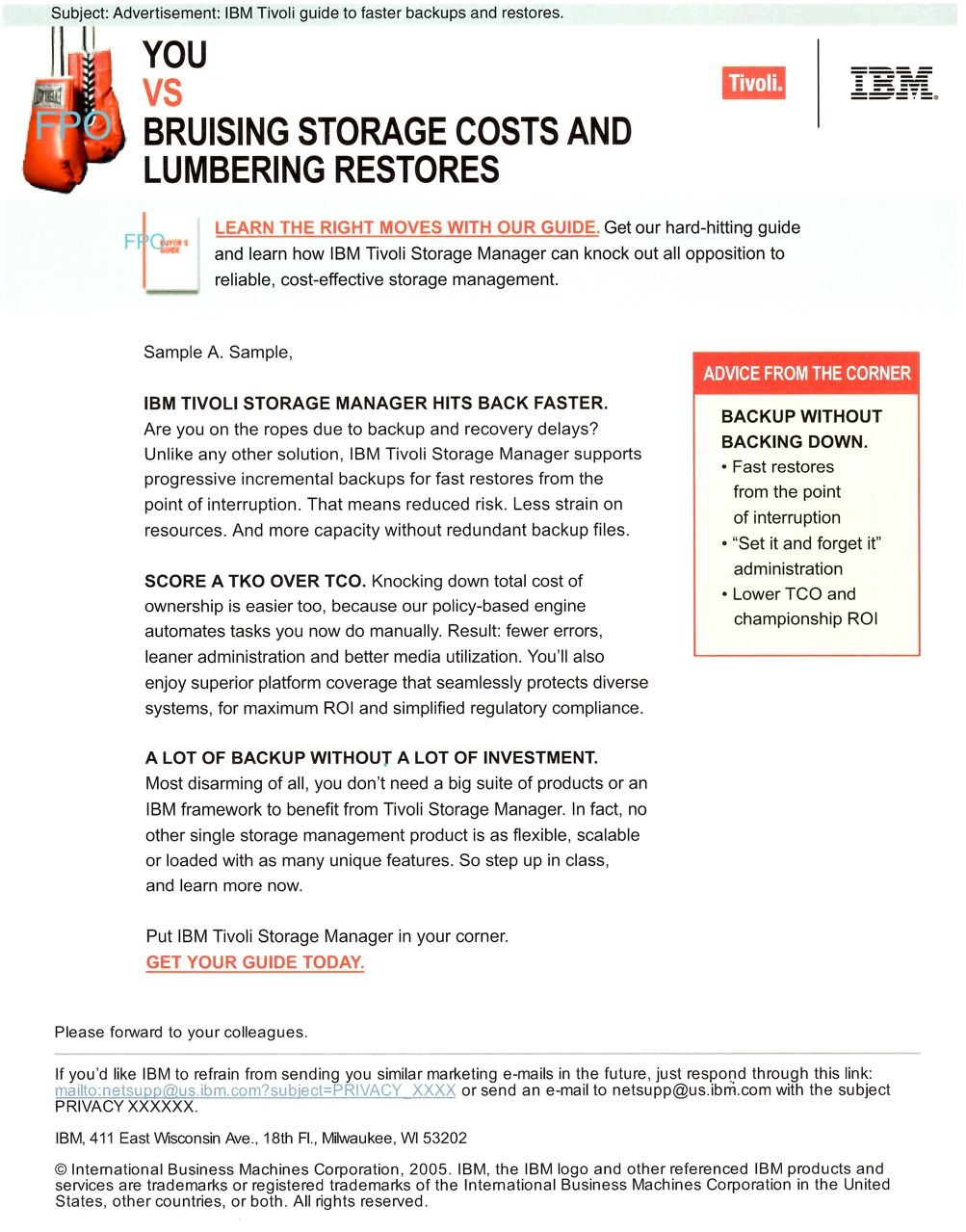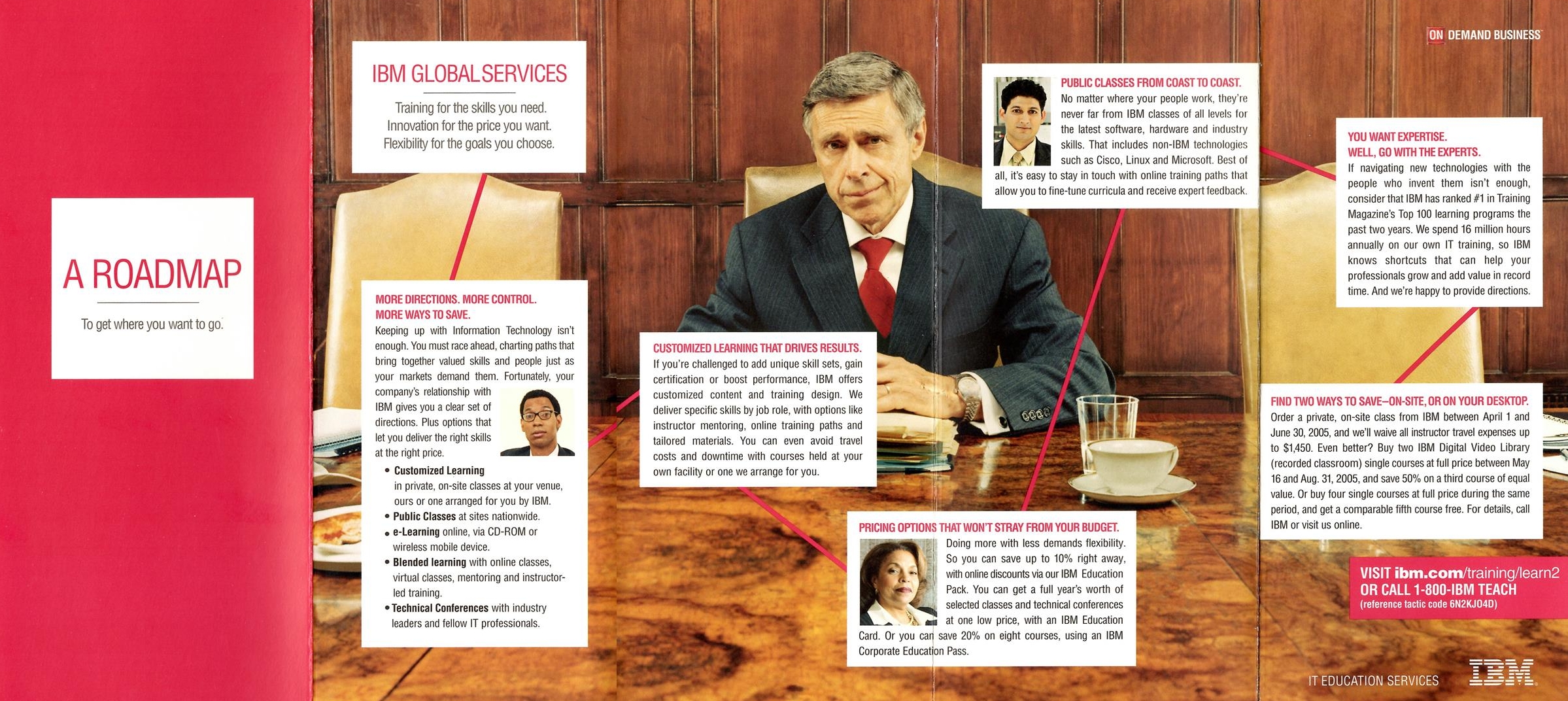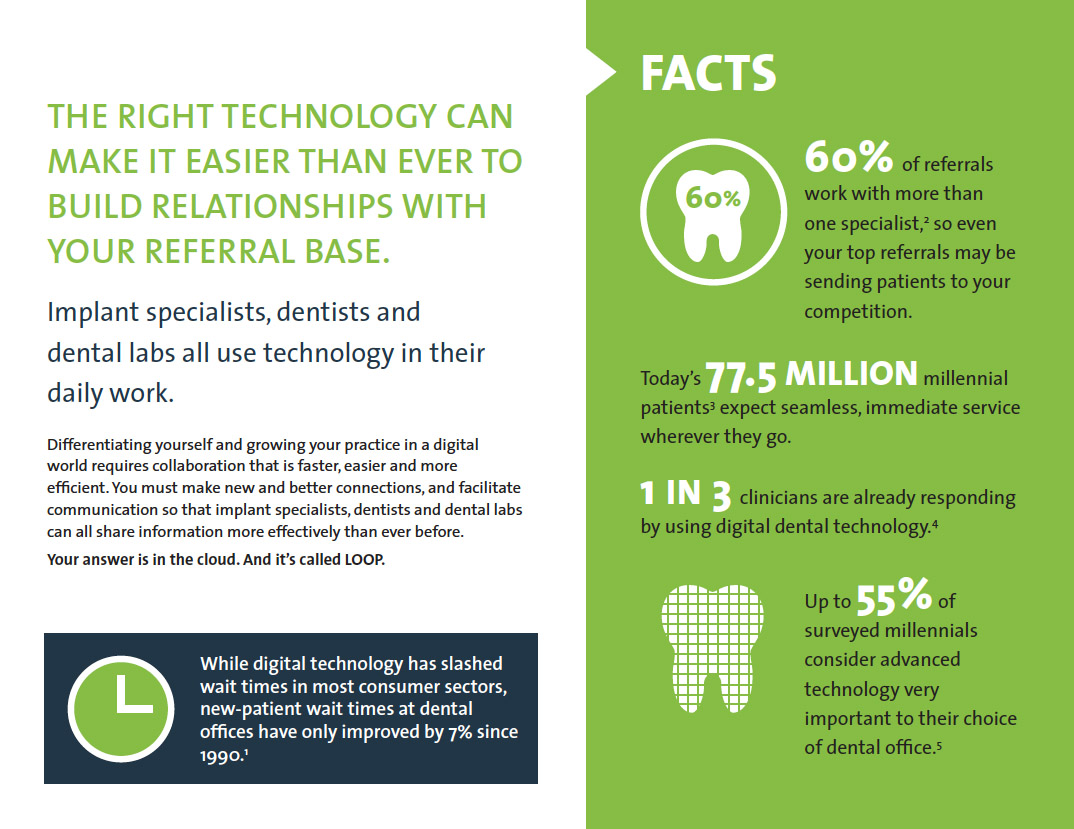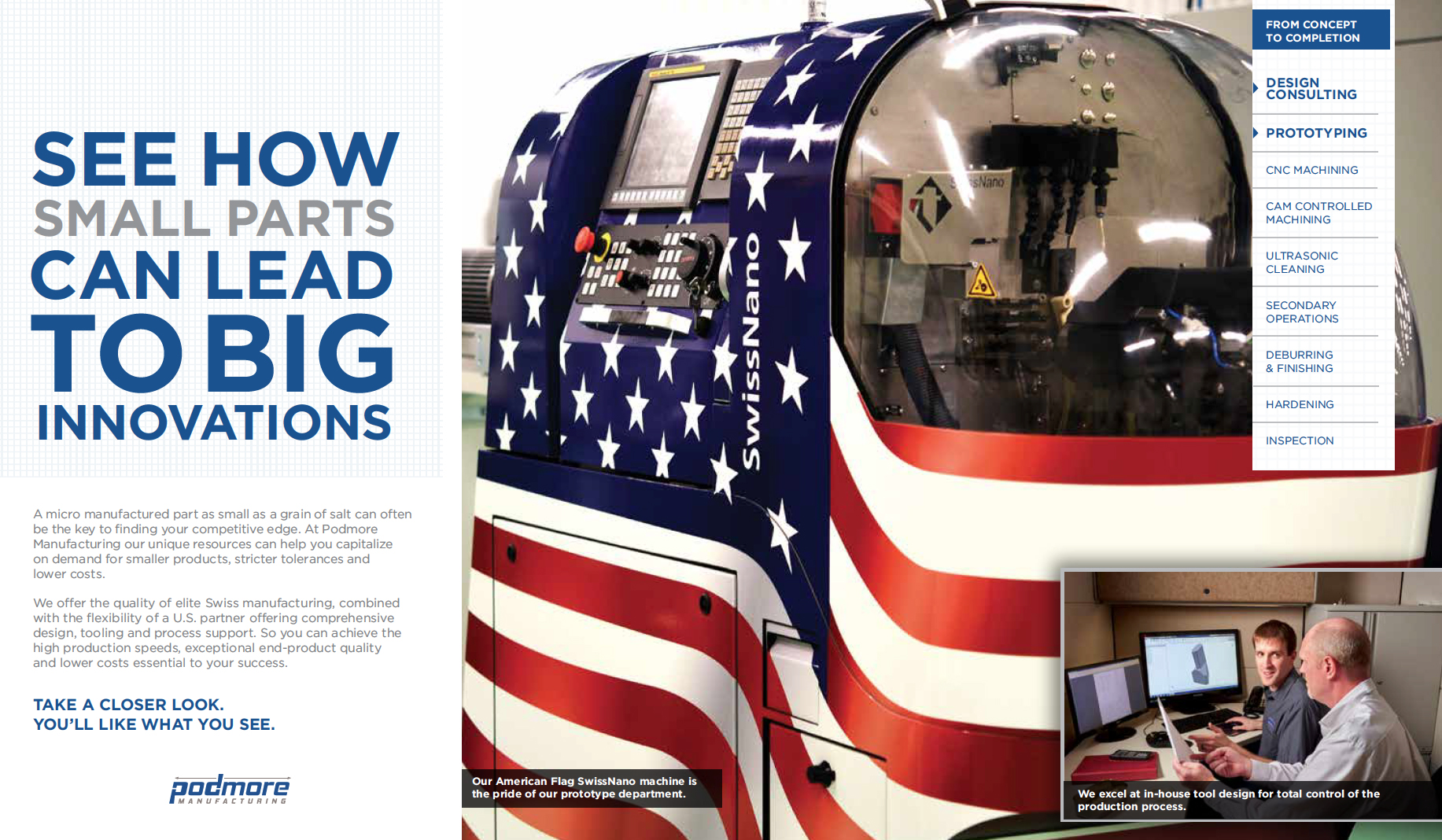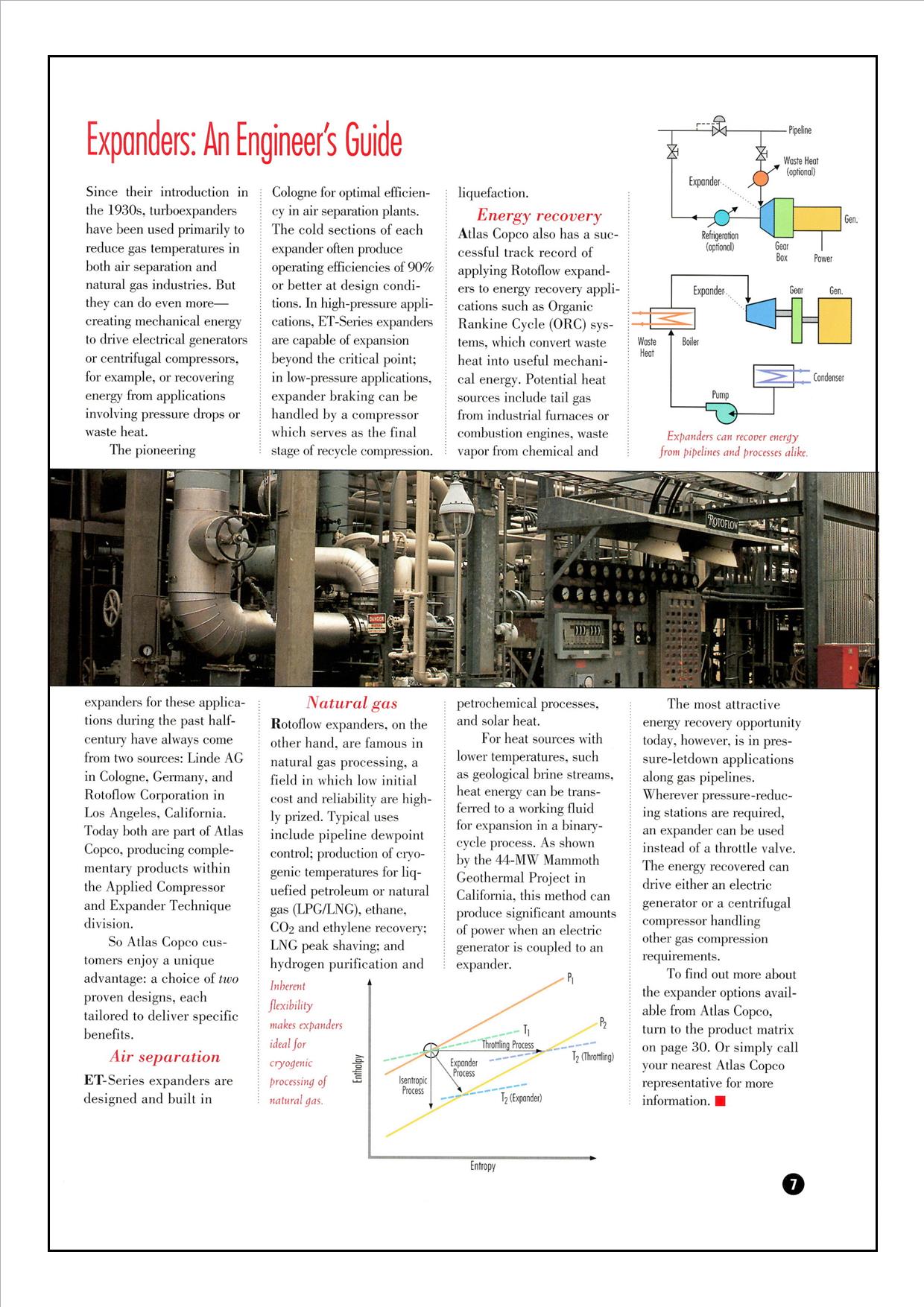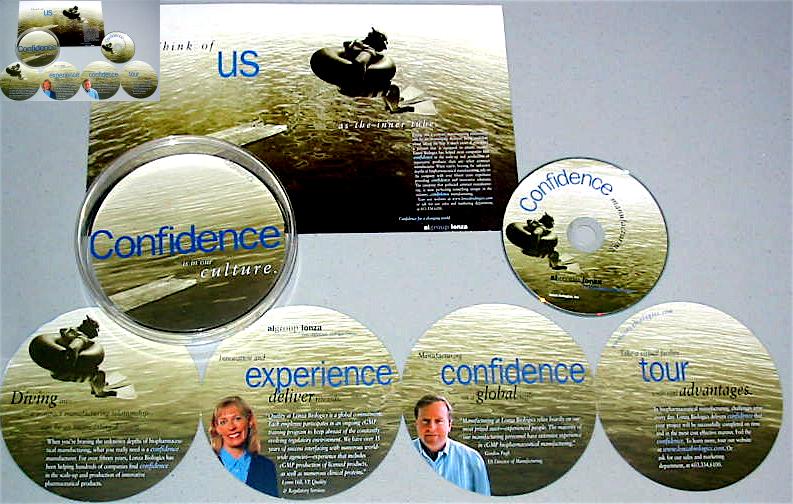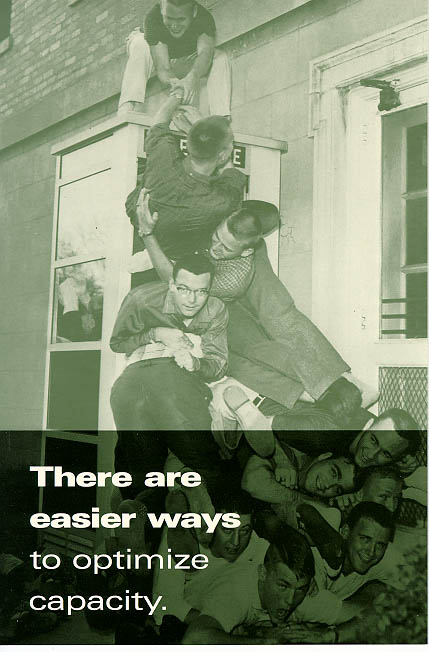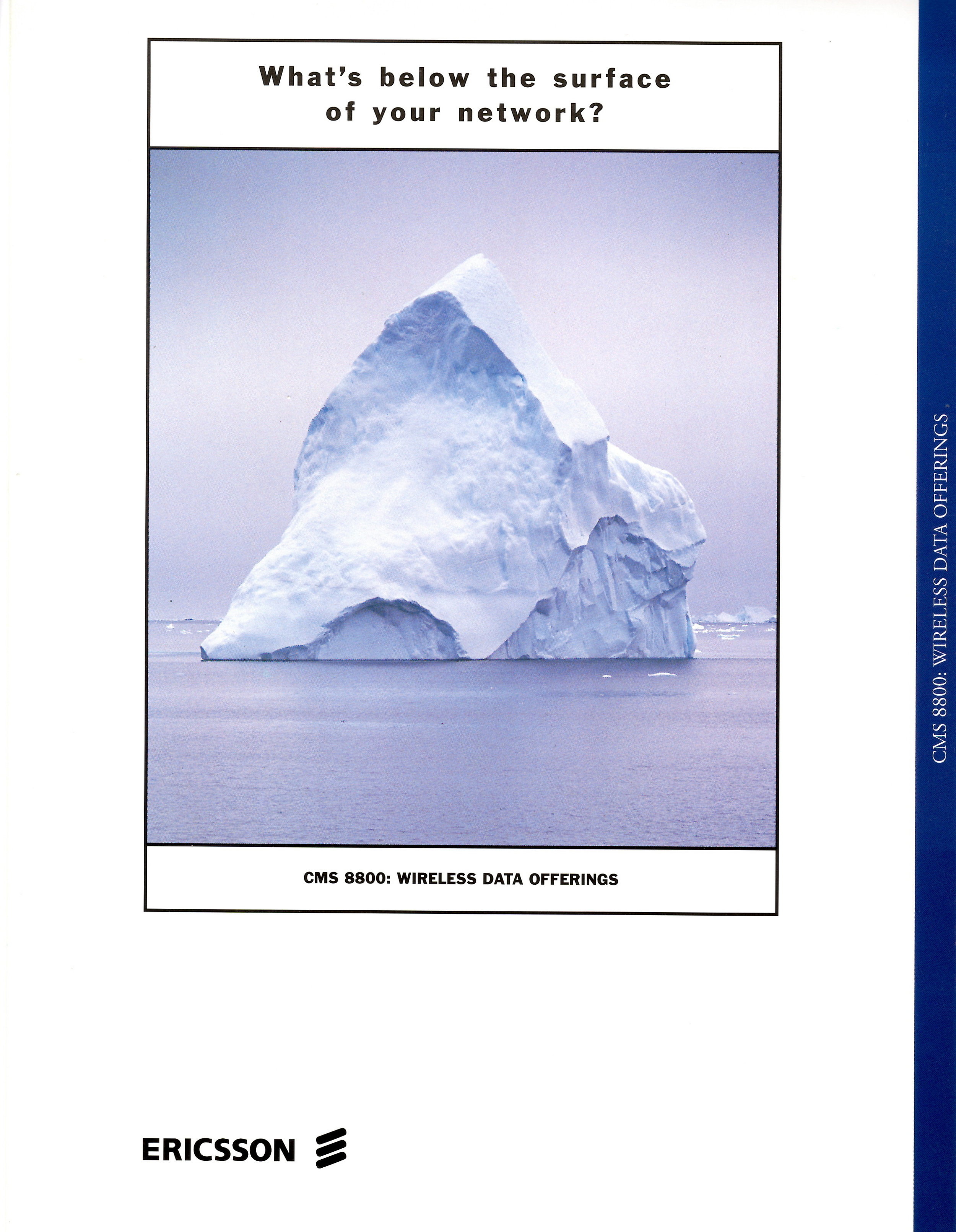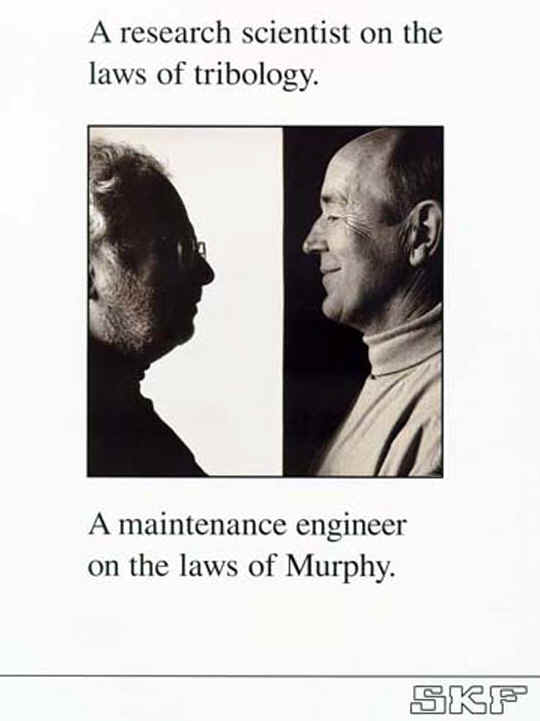PROJECT CLOSEUP: Sony "Quartet" Campaign
I KNEW I HAD ARRIVED in advertising the day I was greeted by a giant Michael Jackson "HIStory" statue in the Sony Europe parking lot. Oh sure, I had worked for industrial giants whose displeasure could make the editors at Plastics & Rubber Weekly tremble. But here I was, writing ads for Sony! And if it happened to be the case that we were working for one of Sony's professional products groups instead of the big consumer guys, it still ended up being a very cool project.
In that pre-Skype era, videoconferencing was a nightmare of pixellated images, herky-jerky frame rates and awkward moments as people spoke over each other or weren't sure when to talk. Sony's new Trinicom 5000 system was a game changer, connecting up to four locations with better video quality and simple, self-contained units that let people collaborate with whiteboards and easy tabletop controls.
Videoconferencing from Sony. Naturally.
My A&L Europe bosses -- Steve Trygg, Harald Bugge and Tore Claesson -- did a characteristically brilliant job of analyzing the marketing problem. (I loved those renegade Swedes, and I still do.)
Everyone else sold videoconferencing as either a telecommunications product or a computer product. We would sell it as a video product, as easy and relaxed as sitting in front of a TV. And who better for that than Sony?
Harald had the plan, Steve had the idea of a string quartet emphasizing virtuoso four-way collaboration, and Tore led the creative development. I wrote the ads for the system that Sony began calling "Quartet" internally, and suggested a tagline: Videoconferencing from Sony. Naturally.
My goal was copy that echoed Sony's consumer voice -- easy, offhand, smart enough to be simple. We emphasized the Sony brand very high-handedly. And we really hammered the notion that videoconferencing was something complicated or technical.
To emphasize ease of use, a third concept suggested by my colleague Jan-Dirk Snel replaced the elegant quartet with four office cleaning ladies gossiping after hours.
Given Sony's in-house resources, we hoped to do TV spots or radio featuring actual quartets performing by videoconference. But budgets didn't stretch that far, unfortunately.
Undeterred, we moved on to collateral literature. This 6-panel gatefold brochure featured the necessary technical details, telecom specs, exploded view features and system accessories. But the messaging was still clear, benefits-based ("4 Times the People, a Fraction of the Cost") and a little whimsical ("Options that Bring You Together, Even When You're Apart").
Veni, Video, Vici
In my view, advertising that is created to promote technology products should only be as technical as the people authorized to buy them. Many times these people are not engineers, but managers or procurement specialists who need decision support and an easy-to-sell rationale -- not a huge chart of ANSI protocols, or charts and graphs demonstrating that the ad agency has done its homework.
Being "extra-environmental" helps too. Looking and sounding like everyone else in your vertical industry pub can feel reassuring, but compare our quartet with this later ad done in the United States by Sony. The U.S. ad is well-produced and looks like a tech ad, but is not nearly so distinctive or memorable.
Today, big-iron videoconferencing rigs have largely become "HIStory" like Michael Jackson himself. But I still enjoy the memories of this campaign ... and I still have the "Veni, Video, Vici" t-shirt that Steve Trygg made up for us to wear at Sony during A&L's winning pitch. | DC |

